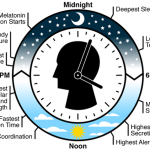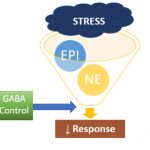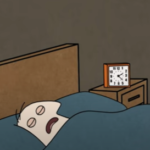What is the 4-7-8 Breathing Technique?
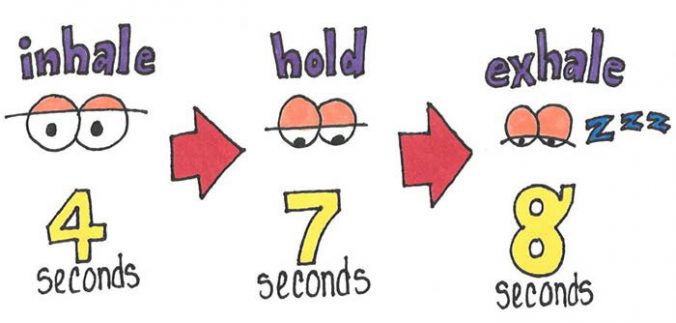
Breathe in through your nose for 4 seconds…
Hold your breath for 7 seconds…
Exhale out of your mouth, slowly, for 8 seconds.
Try it right now, and see if you don’t already feel relaxed after one breathing cycle.😴
You can easily do this breathing technique while commuting to work, in a stressful situation, or when trying to fall asleep.
Imagine when you are laying in bed, you have already showered, put your comfy sleep garments on, and you start doing the 4-7-8 breathing technique over and over again…
You are going to feel so relaxed—it will benefit you greatly if you start to practice it every night.
The better you get at this breathing technique, the better your results will be.
Why does the 4-7-8 Breathing Technique Work?
It is difficult to breathe and think at the same time.
So if thoughts were part of the issue, keeping you from falling asleep, then this might be your best bet at beating insomnia.
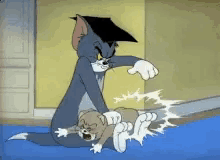
The 4-7-8 breathing pattern, was developed by Dr. Andrew Weil, and it’s based on the ancient yogic technique, called pranayama.
Pranayama helps you to gain control over your in and out breaths.
It is an ancient Indian practice that means “regulation of breath.”

Through pranayama, you can get fully energized or relaxed, simply through different breathing patterns.
Svatmarama wrote in the Hatha Yoga Prakipika:
“When the breath is calmed, the mind too will be still, and the yogi achieves long life.
Therefore, one should learn to control the breath.”—source.

Some breathing patterns (like the 4-7-8 method), involve holding the breath for a period of time.
This allows your body to replenish its oxygen.
Techniques like 4-7-8, can give your lungs, organs and tissues a very beneficial oxygen boost.
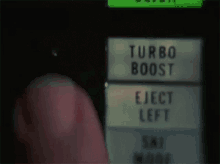
You can bring your body back into balance and regulate the fight-or-flight response, through relaxation practices—this can help tremendously when you are stressed.
Here is what a doctor (Jason C. Ong) has to say about the 4-7-8 method…
 “Usually when we take a deep breath, it stimulates the diaphragm, and that actually sends signals to the parasympathetic nervous system to turn off that fight or flight system…
“Usually when we take a deep breath, it stimulates the diaphragm, and that actually sends signals to the parasympathetic nervous system to turn off that fight or flight system…
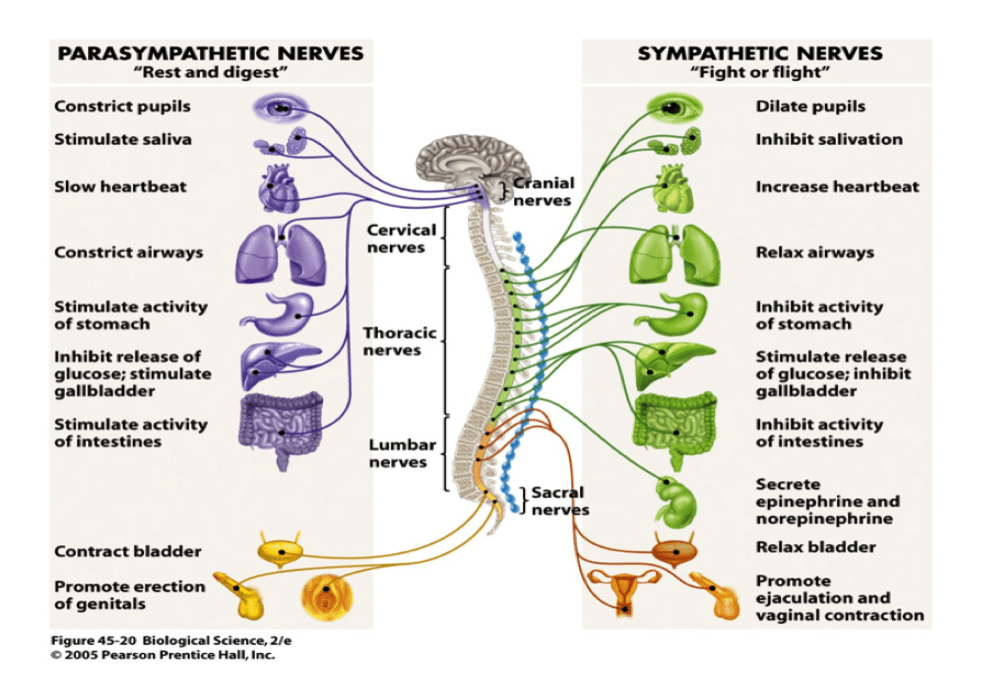

All around, it’s worth a try.
If it doesn’t work for you, there are plenty more techniques you can do instead, but give this one a go and let us know if it works for you!
Where to place your tongue while doing the 4-7-8 Method..👅

Many people who practice this 3-step breathing technique for the first time, worry about tongue placement..
They wonder if they are messing the breathing process up, because their tongue is in the wrong position.
Tongue placement is important and here is why:
For the 4-7-8 breathing technique:
All you have to do is hold the tip of your tongue, to the roof of your mouth, just behind your front teeth.
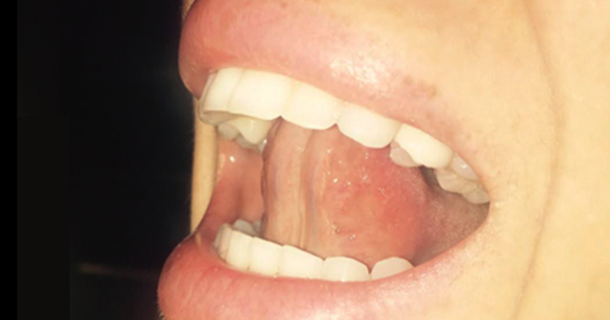
As Dr. Weil explains:
“Place the tip of your tongue against the ridge of tissue just behind your upper front teeth, and keep it there through the entire exercise”—source.
How to perform the 4-7-8 Breathing Technique—step by step.

So it’s very simple, you don’t need any equipment and the 4-7-8 breathing technique can be done anywhere.
It’s good to practice this breathing pattern with your back straight, so lay back on your bed, or sit against a wall, for support.
Start the breathing exercise by:
“Placing your tongue against the ridge of tissue just behind your upper front teeth, and keep it there through the entire exercise.
You will be exhaling through your mouth around your tongue; try pursing your lips slightly if this seems awkward.
- Exhale completely through your mouth, making a whoosh sound.
- Close your mouth and inhale quietly through your nose to a mental count of four.
- Hold your breath for a count of seven.
- Exhale completely through your mouth, making a whoosh sound to a count of eight.
- This is one breath. Now inhale again and repeat the cycle three more times for a total of four breaths.
Note that with this breathing technique, you always inhale quietly through your nose and exhale audibly through your mouth.
The tip of your tongue stays in position the whole time.
Exhalation takes twice as long as inhalation.
The absolute time you spend on each phase is not important; the ratio of 4:7:8 is important.
If you have trouble holding your breath, speed the exercise up but keep to the ratio of 4:7:8 for the three phases.
With practice you can slow it all down and get used to inhaling and exhaling more and more deeply.
This breathing exercise is a natural tranquilizer for the nervous system.
Unlike tranquilizing drugs, which are often effective when you first take them but then lose their power over time, this exercise is subtle when you first try it, but gains in power with repetition and practice.
Do it at least twice a day. You cannot do it too frequently.
Do not do more than four breaths at one time for the first month of practice.
Later, if you wish, you can extend it to eight breaths.
If you feel a little lightheaded when you first breathe this way, do not be concerned; it will pass.”—source.
It takes practice to master the 4-7-8 method…
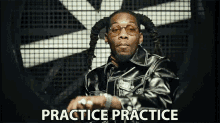
If you are having trouble getting the 4 breathe in, 7 hold, and 8 exhale pattern down…
Don’t worry! Just keep practicing.
The videos down below should give you a visual aid on how this technique is done.
Try not to obsess about tongue placement and if your breathing “right or wrong”—this will cause stress which is the opposite of what you need right now, which is sleep!💤
Dr. Andrew Weil guides you through his 4-7-8 breathing pattern.
Dr. Jo explains the 4-7-8 method in a very simple and easy way to understand.
See if it helps you!

